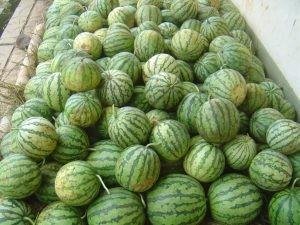
Watermelon or pottery known as the Latin name Citrullus lanatus, which belongs to the cucumber-cucumber or Cucurbitaceae is a vines derived from the tropical and subtropical regions of southern Africa. Watermelon fruit can be easily found in the markets, supermarkets and fruit stalls in Indonesia, because the watermelon has a sweet taste, fresh and water content is high enough that this is what makes the watermelon loved by all levels of society.
Watermelon not only can be consumed only fruit, but leaves and seeds as well. Watermelon leaves can be processed into vegetables, while the seeds can be processed into snacks, namely quaci. Watermelon also has a lot of nutrients and benefits for the body. The content is very useful role to maintain health and metabolism.
Watermelon including tropical fruit that high water content makes fresh body is suitable consumed in hot weather. One cup of watermelon can give 17% vitamin A, 21% vitamin C, 2% iron and 1% calcium. In addition to beneficial to health, it is also useful for watermelon beauty, including:
- Prevent sprue
- Anti-inflammatory and antioxidants
- Maintaining kidney health
- Reduces risk of hypertension and stroke
- As an early bird
- Maintain skin moisture
- Rejuvenate the skin
Lately the popularity of watermelon is very high, no wonder many farmers who started to cultivate watermelon. Because the benefits gained from watermelon cultivation is very high, it can exceed 100% of the total production amount.
In Indonesia, the center of watermelon cultivation is located in West Java (Karawang and Indramayu), Central Java (Magelang), D.I Yogyakarta (Kulon Progo), and East Java (Malang and Banyuwangi). Before you start to cultivate a watermelon, first see the steps of watermelon planting, so that the watermelon you planted to the maximum and abundant harvest in accordance with your wishes.
Here are the steps how to grow watermelon:
1.Land Selection
The first step in how to grow watermelon is the selection of land as follows:
Watermelon can grow in lowland will highland ranged, between 0 - 1000 meters above sea level. Watermelon is suitable to be grown in areas with bulk ranging from 40 to 50 mm each month. Watermelon is also suitable to grow in areas with temperatures of no more than 25 degrees Celsius during the day.
The suitable moisture level for the watermelon planting area is low, ie where in the dry watermelon the dry environment is excellent for watermelon growth.
Watermelon is suitable to be grown on loose soil with high nutrients and try no weeds on the land and watermelon requires direct sunlight. For soil acidity, watermelon can grow well on the soil with normal pH, which ranges from 6 to 6.5
- Preparing Seeds
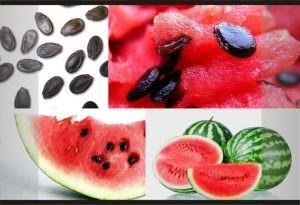
Choose the best seed or seed to plant. The best watermelon seedlings to cultivate are imported hybrids. Type of seed has two types, namely tripoid and haploid. Type of tripoid usually has the characteristics of the shell of a kernel is quite hard so it needs to be stretched first.
As for the haploid species is quite easy to cultivate and do not need to be stretched because the seed shell is not as hard as the type of tripoid. You can get watermelon seeds at the watermelon farmer in your area of residence.
The next step is to prepare seeds or seeds of watermelon.
If the type has been selected, then the next is to soak the seedlings of watermelon.
After the seedlings are stretched then soak the seeds into warm water mixture, growth hormone, bactericide and fungicide.
Watermelon seeds are soaked approximately 30 minutes, then removed and drained to dry.
Seedlings seedlings are ready for sowing or planting.
- Planting Technique
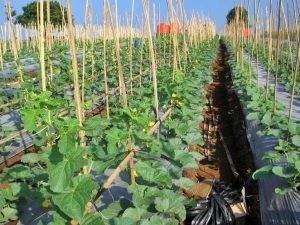
Here is the technique of planting watermelon plants correctly.
Once you get the seeds, then stay your seedling seedling on the land that has been provided. In order to better you can add nutrient content on the soil by adding organic fertilizer and manure. Then sprinkle the seedlings every morning and evening to grow new shoots.
If you initially sow the seedlings on polybags, you can move them to the planting media on a pre-prepared field after four weeks of age.
Make a hole in the field or planting crop that you have prepared before with a depth of about 8 - 10 cm.
Before planting on planting media, planting hole should be watered using gembor for the land ready to receive the seeds.
Watermelon seedlings should also be soaked with a growing stimulant solution. This solution is very useful for seeds semangkakuat and not susceptible to disease or plant pests. The immersion process takes about 5 - 10 minutes.
Then the next step, is to separate the watermelon seeds from the polybag to the field. Must be careful in doing this step so the roots are not damaged.
- Maintenance of Watermelon Plants
Watermelon plants require optimal care in order to grow with smpurna. Here's how to care for watermelon plants:
Do watering
Perform regular watering every morning and evening, especially if entering the dry season. As well as the humidity of plant land must be maintained properly so that watermelons can grow to the maximum.
Do the weeding
namely the process of clearing the land to avoid weed or grass weed so that nutrient content is not seized by weeds or pests, so that watermelon can grow optimally.
Do also thinning and embroidery
Thinning is done when the plant is too dense, how to cut the stems and leaves that are no longer needed. While embroidery is done by replacing the seeds that have been dead or broken with new seeds.
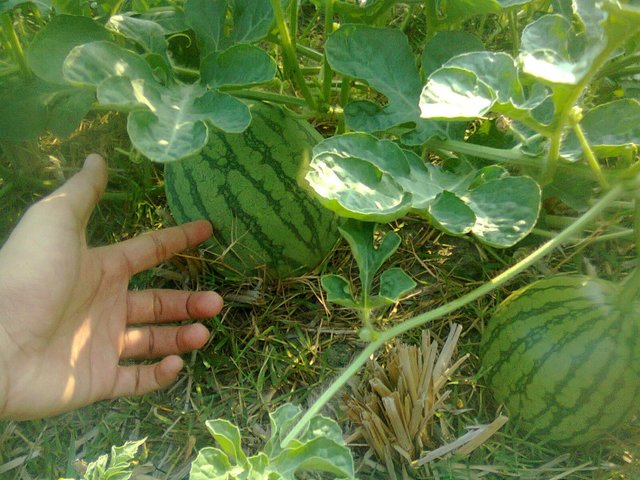
- Pest Control
Although watermelon is easy to cultivate, but the constraints of pests and diseases in watermelon plants are the concern of watermelon cultivators. Here are some pests and diseases in watermelon plants and how to control them:
Thrips is a pest with the characteristics of small-sized body, has segments on the body and blackish yellow. Thrips used to attack leaves, flowers and fruits, resulting in dead and falling flowers. The way of thrips can be done with sanitation on the land or garden, and spraying watermelon plants using insecticides.
Soil caterpillars are one of the most commonly harmful pests of watermelon plants, soil caterpillars have the characteristics of blackish body color, body length about 2 - 5 cm and damage the plants at night. Caterpillars usually damage the roots and new shoots, so the watermelon plants quickly wither and die. How to control the caterpillars one of them by spraying pesticides according to the dose.
Fusarium wilt is a disease in watermelon plants cause fusarium wilt, is a humid environment and the number of weedy plants or weeds around the plant. One way of controlling fusarium wilt can be done by soaking the seeds with cairain fungicide before planting and spraying fungicides regularly.
Rotten Semai is a plant disease that damages the stem with the characteristics of the seed stalk turns into a brown color and the plant will quickly die. Control that can be done is by immersion seedling of watermelon before planting by using solution of Benlate and Difolathan.
- Harvesting Watermelon
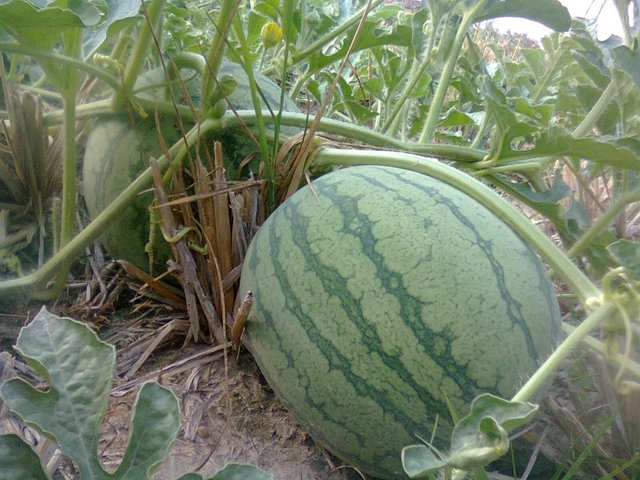
For each harvest time each farmer or watermelon growers have different times depending on the region's cuacu. The characteristics of watermelon ready to harvest, is sebgai follows:
The weight of the fruit is enough.
There was a change of color on the watermelon.
The leaves and stems begin to dry and wilt.
Watermelon sounds heavy when tapped.
Harvesting can be done every morning.
The trick is to cut the stalk by using a knife or scissors, leaving about 3 - 5 cm stem from the fruit stalk.
Then put the watermelon fruit in a cool place and do not stacked.
A complete guide on how to grow watermelon for beginners for cultivation:
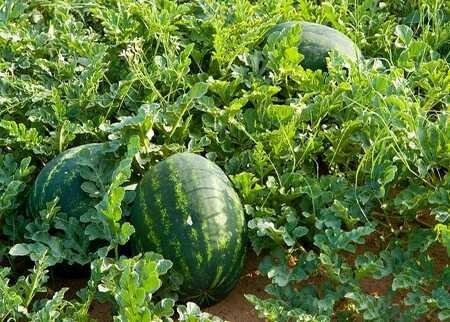
This the article on how to plant watermelon from seeds with the right technique and easy. Also, you can grow watermelon in pots or polybags. Hopefully can be useful for those who want to do the cultivation of watermelon plants.